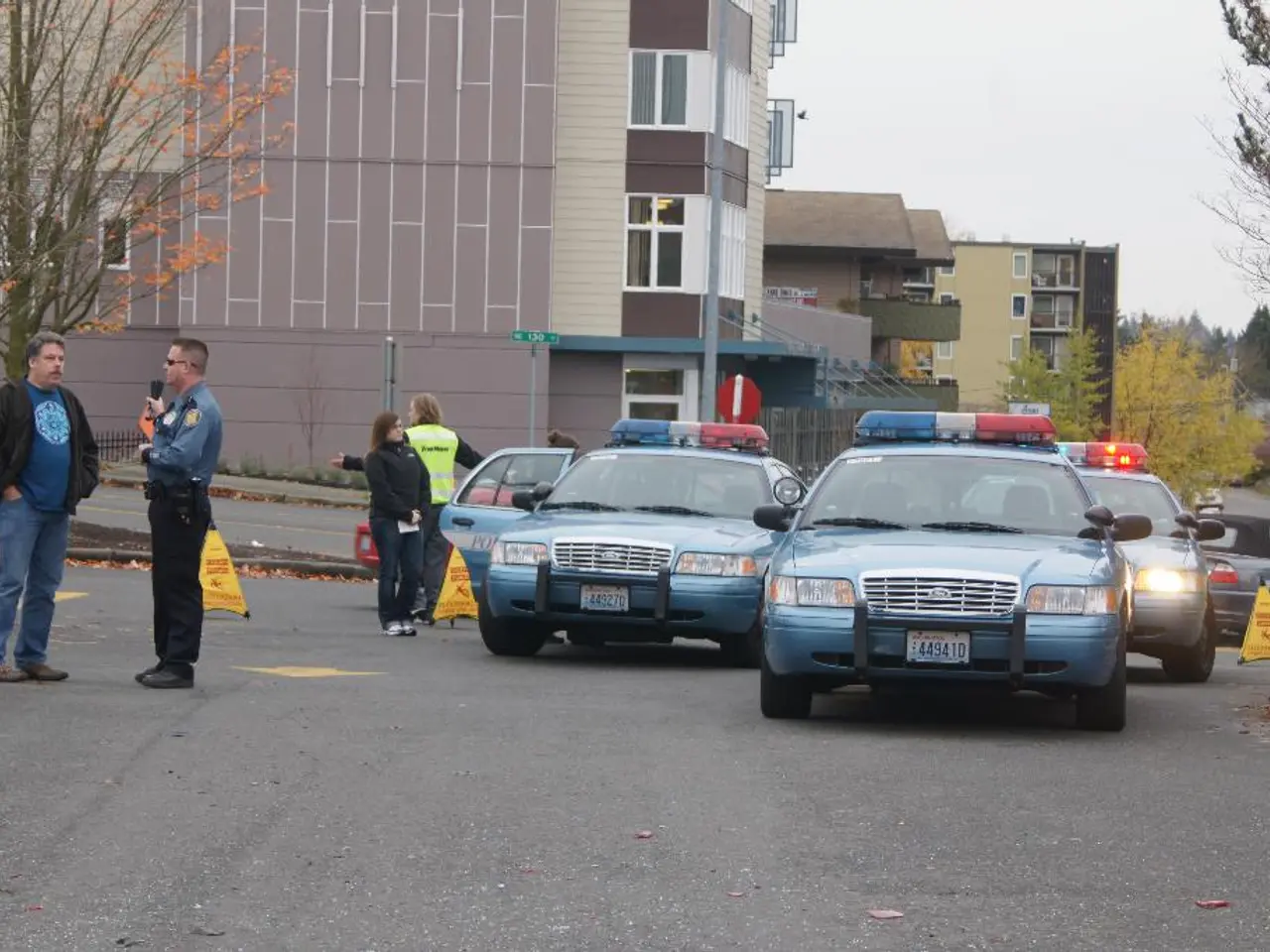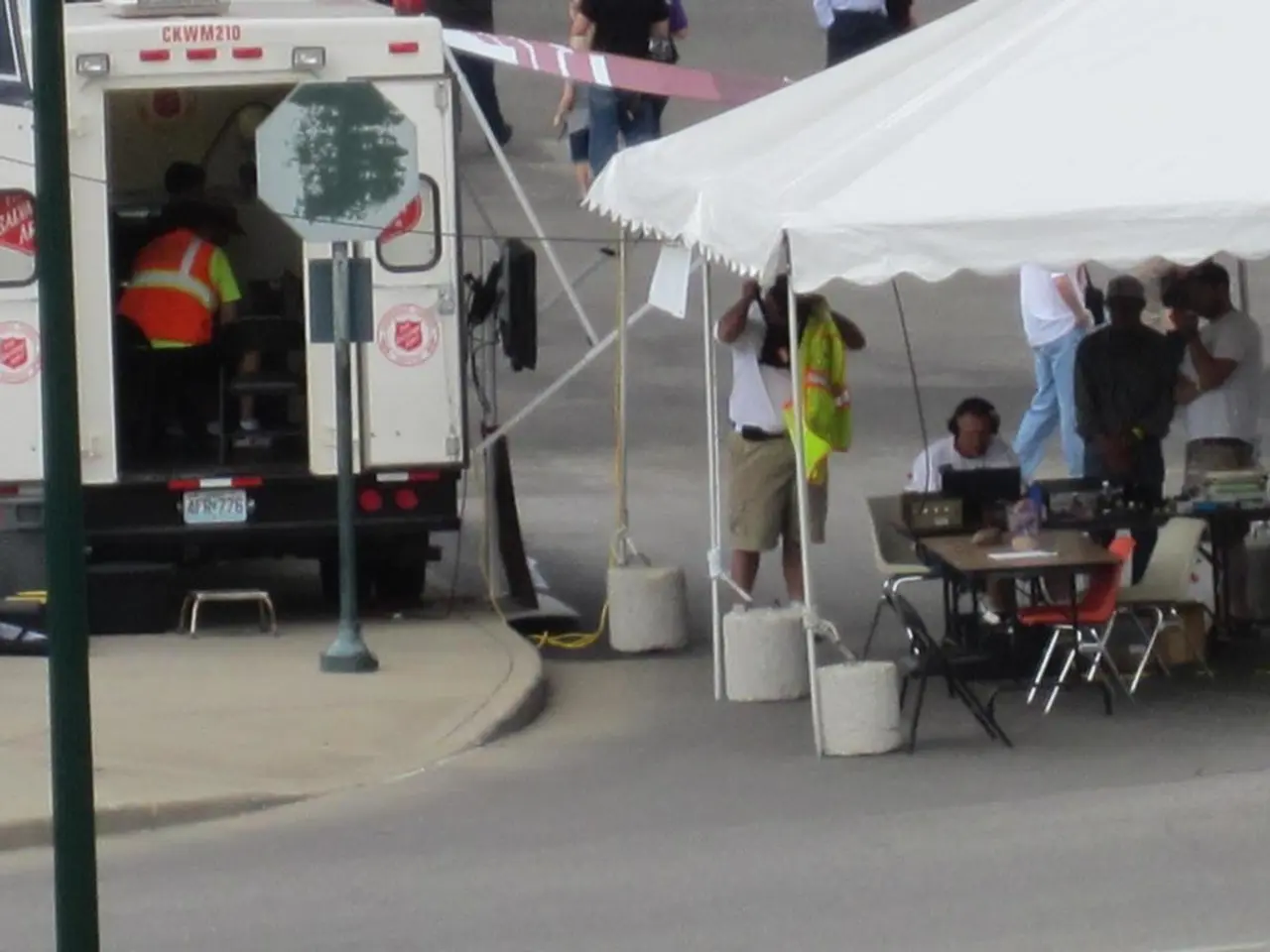Preparatory war strategy revealed by the EU featuring stockpiling measures
The European Union (EU) has announced a new stockpiling strategy aimed at securing essential goods and critical resources to ensure societies can function during crises. Launched in July 2025, the strategy is a crucial part of the EU Preparedness Union agenda, designed to address conflicts, pandemics, natural disasters, major energy blackouts, or other emergencies.
The strategy is multifaceted, with key elements including the creation of an EU Stockpiling Network to improve coordination and share best practices among Member States. This network will enhance interoperability between national stockpiles and EU-level reserves, ensuring a coherent and effective response.
Another essential aspect of the strategy is the combination of centralized EU-level reserves with contributions from Member States. This approach, supported by public-private partnerships, aims to increase efficiency, scalability, and cost-effectiveness.
Targeted EU-level stockpiles will be established to fill critical gaps, including medical equipment, firefighting assets, generators, and energy-related items, as well as essential supplies like food, water, fuel, and medicines.
Strategic foresight and risk anticipation are also integral to the strategy, allowing for proactive stockpiling and rapid response in the face of potential crises. Enhanced transport and logistics capabilities will enable quick distribution of supplies where needed during emergencies.
Strengthening civil-military and public-private cooperation is another priority, with the aim of leveraging all available capabilities and resources in crisis response. The development of emergency stockpiles of critical raw materials, such as platinum group metals (PGMs), is also planned, with the establishment of a Critical Raw Materials Centre by 2026 to help coordinate stockpiles and joint purchasing for industry.
The EU is also advising citizens to maintain personal preparedness, including a recommended three-day survival kit with essentials like water, food, and flashlights.
The overall goal of the EU Stockpiling Strategy is to ensure continuous access to essential supplies that keep societies running and save lives, regardless of the crisis type or location within the EU. This reflects a recognition that while Member States face different threats, the impact on essential goods and services can be similar, necessitating coordinated EU-wide preparedness.
Countries like Spain, which face unique challenges such as wildfires, have distinct crisis preparedness needs. Finland, a member state on the EU's eastern border under Moscow's influence, has historically prioritized crisis preparedness due to potential conflict.
In March, the EU advised every household to prepare a three-day survival kit in case of emergencies, emphasizing that regardless of the crisis cause, the impact on citizens can be similar, such as energy blackouts.
In summary, the EU is building a strategically coordinated, scalable, and resilient stockpiling system that integrates national efforts with EU-level coordination and anticipates future risks, to strengthen crisis readiness and maintain health and security across Europe.
- The EU Stockpiling Strategy, launched in July 2025, aims to secure essential goods and critical resources during crises, encompassing not only conflicts but also pandemics, natural disasters, major energy blackouts, and other emergencies.
- Key elements of the strategy include the creation of an EU Stockpiling Network and targeted EU-level stockpiles for items like medical equipment, firefighting assets, generators, and critical raw materials such as platinum group metals (PGMs).
- The strategy also involves strengthening civil-military and public-private cooperation, enhancing transport and logistics capabilities, and encouraging citizens to maintain personal preparedness with a recommended three-day survival kit.
- As societies face diverse threats, the EU recognizes the need for coordinated EU-wide preparedness, understanding that the impact on essential goods and services can be similar, regardless of the crisis type or location within the EU.








